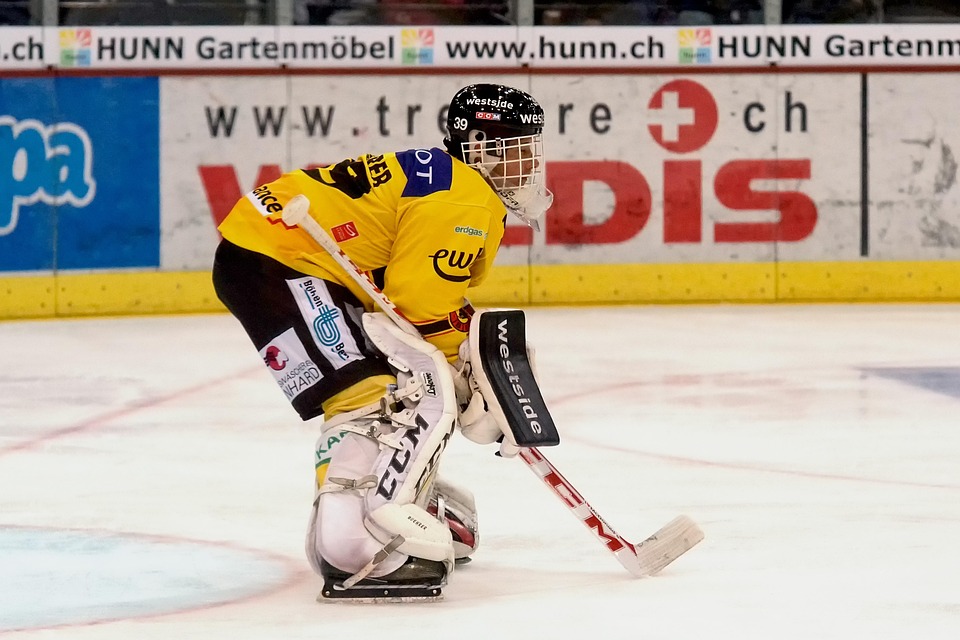In the age of digital connectivity, fan culture within sports—particularly hockey—has undergone a significant transformation. Traditional notions of fandom are being reshaped by social media platforms, where fans are not just passive observers but active participants in creating a vibrant, interconnected community. From sharing highlights to engaging in heated debates, social media is revolutionizing how fans experience the game and interact with one another.
The Rise of Virtual Communities
Hockey has always had a passionate fanbase, and the advent of social media has amplified this enthusiasm. Platforms like Twitter, Instagram, and TikTok allow fans to share their thoughts instantaneously, providing a space for dialogue that extends far beyond the barriers of the physical arena. Hashtags can trend during games, creating a real-time sense of connection among fans, regardless of their geographic location.
Immediate Engagement
Fans can now engage in live conversations while watching games. This immediacy strengthens community bonds. For instance, a crucial goal can lead to a flurry of tweets, memes, and celebratory posts that connect fans globally. The communal experience stretches beyond local neighborhoods to include hockey lovers from different parts of the world. This creates a more inclusive atmosphere, allowing fans from diverse backgrounds to share their unique perspectives, traditions, and experiences related to the game.
Community Building and Inclusivity
Social media has become a powerful tool for fostering inclusivity within hockey communities. Historically perceived as a sport for a particular demographic, hockey is increasingly being embraced by individuals from varied backgrounds. Social media amplifies marginalized voices and fosters discussions around topics such as gender equality and racial inclusivity.
Organizations and grassroots movements are leveraging these platforms to engage with fans, creating safe spaces for discussion and advocacy. Initiatives like Hockey is for Everyone and the "No More Silence" campaign serve to challenge stereotypes and create a more welcoming environment for all. Social media facilitates the sharing of these values, resonating with fans who might have previously felt alienated from the sport.
Content Creation and Fan Expression
One of the most exciting aspects of fan culture on social media is the rise of content creation. Fans are no longer just consumers of content; they are active creators. TikTok videos, Instagram reels, and YouTube channels dedicated to hockey allow fans to share their artistry, analysis, and humor. This democratization of content creation encourages creativity and provides fans with a platform to showcase their passion.
Memes, gifs, and highlight reels have become a form of expression, allowing fans to convey their feelings about teams and players. The viral nature of this content not only entertains but also keeps fans engaged, serving as a constant reminder of their love for the sport.
Direct Interaction with Players and Teams
Social media has transformed how fans interact with players and teams. Athletes are now more accessible than ever, often engaging directly with fans through live Q&A sessions, Twitter interactions, or Instagram Stories. This closeness humanizes players, creating a more relatable image that deepens the fan-player connection.
For example, players who share personal stories or respond to fan messages can create moments that resonate deeply. Such interactions foster loyalty and create a sense of belonging, as fans feel recognized and valued by those they admire.
Challenges and Negativity
However, it’s important to acknowledge the darker side of social media in sports culture. The anonymity of the internet can lead to harassment, toxicity, and undue criticism directed at players, coaches, and even fellow fans. Cyberbullying is an unfortunate reality that can tarnish the fan experience.
Teams, leagues, and platforms are increasingly aware of this issue and are taking steps to address it. Initiatives aimed at promoting positive engagement and respectful dialogue are becoming more common, as communities strive to create healthier interactions.
The Future of Hockey Fandom
As social media continues to evolve, so too will the landscape of hockey fandom. Upcoming technologies, such as virtual reality and augmented reality, promise to further immerse fans in their favorite sport. Imagine watching a game in VR while simultaneously chatting with fans from around the globe, sharing insights and reactions in real-time.
Fan culture in hockey is not just about cheering from the stands anymore; it’s a dynamic, multifaceted experience that incorporates various forms of engagement, expression, and community building. Social media has transformed traditional fan interactions into an inclusive, global phenomenon, enriching the way we Celebrate the sport and connect with one another.
In conclusion, as hockey continues to grow in new and exciting directions, so too does the power of its fan culture—thanks to the remarkable influence of social media. The future of hockey fandom is here, and it’s more connected than ever.



